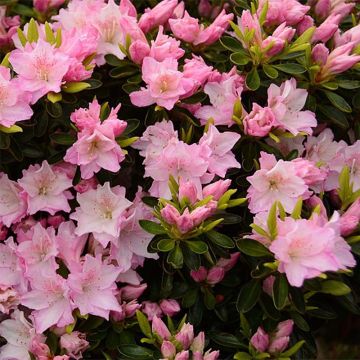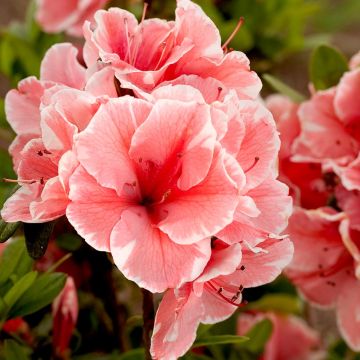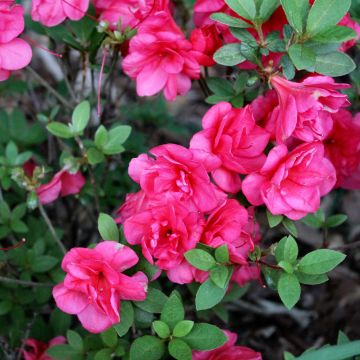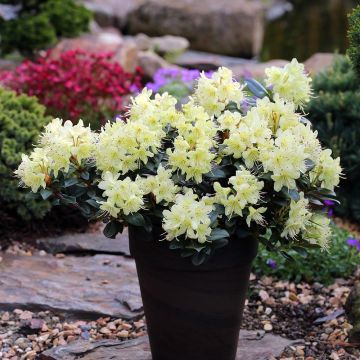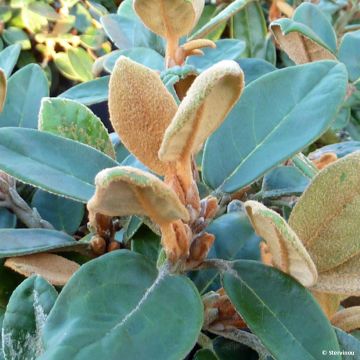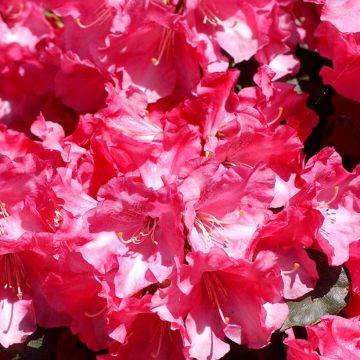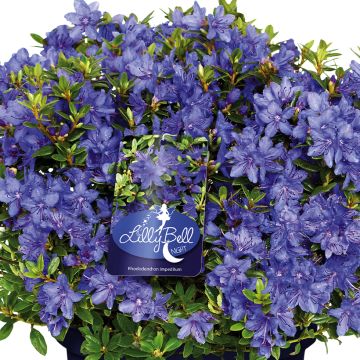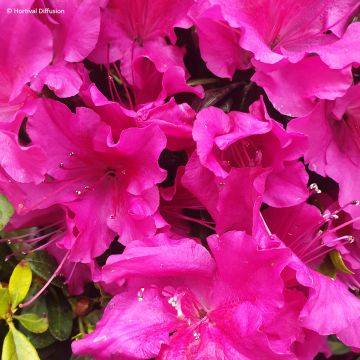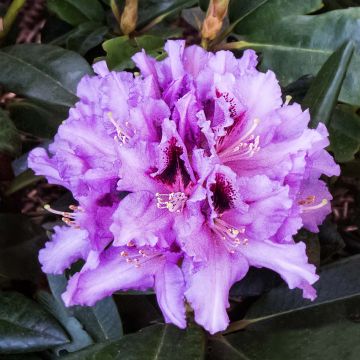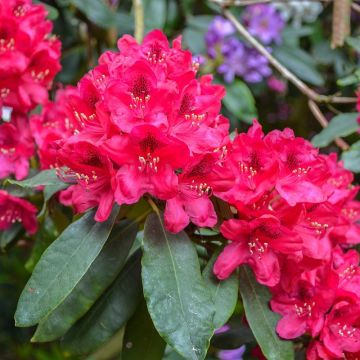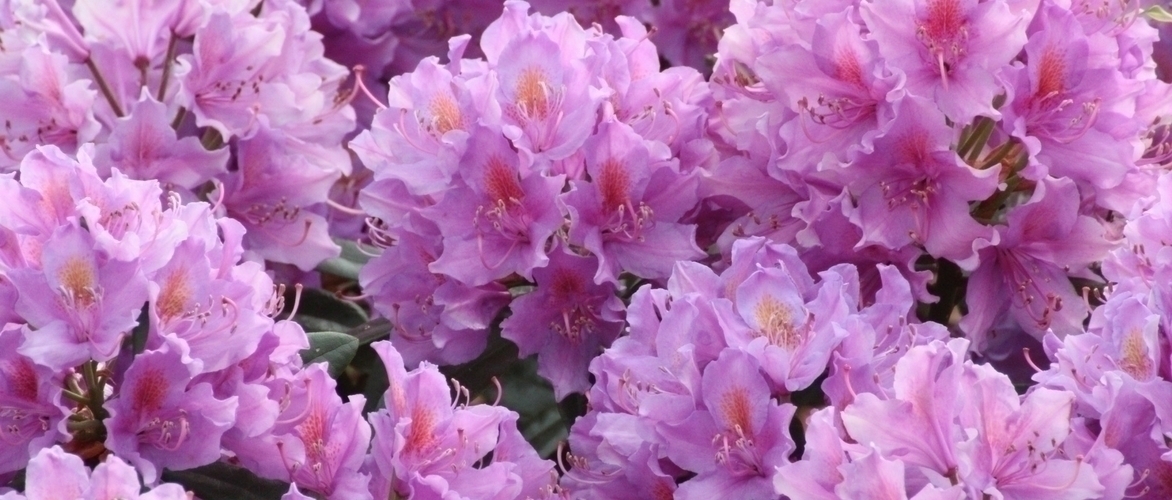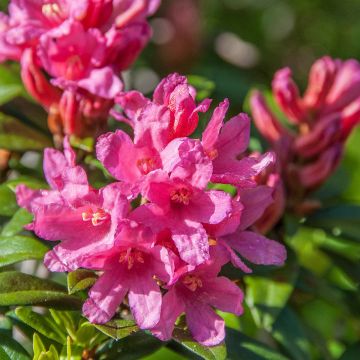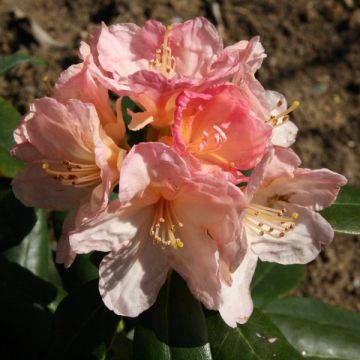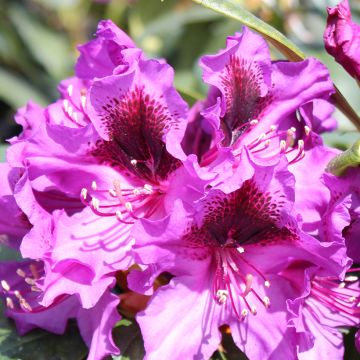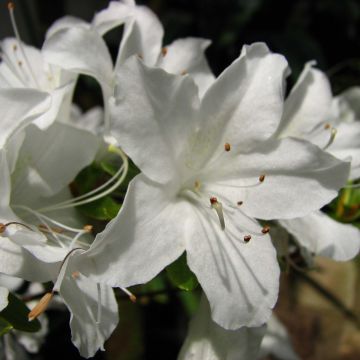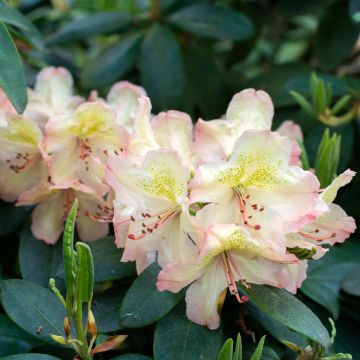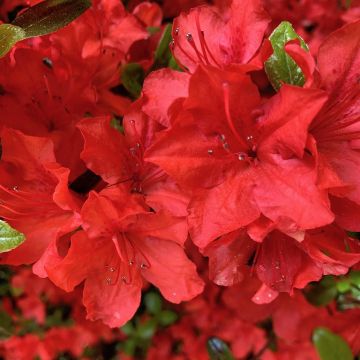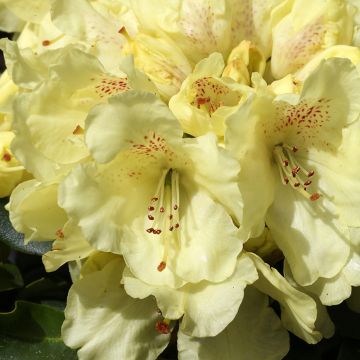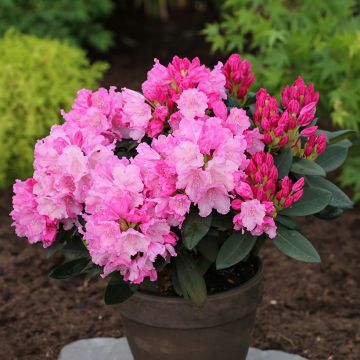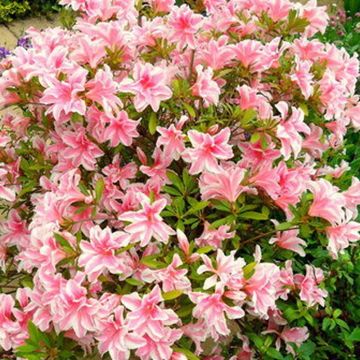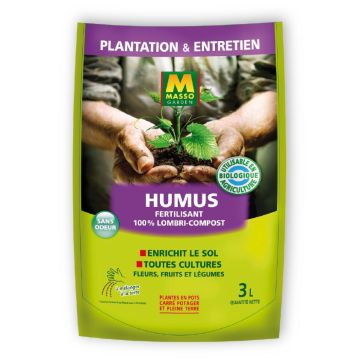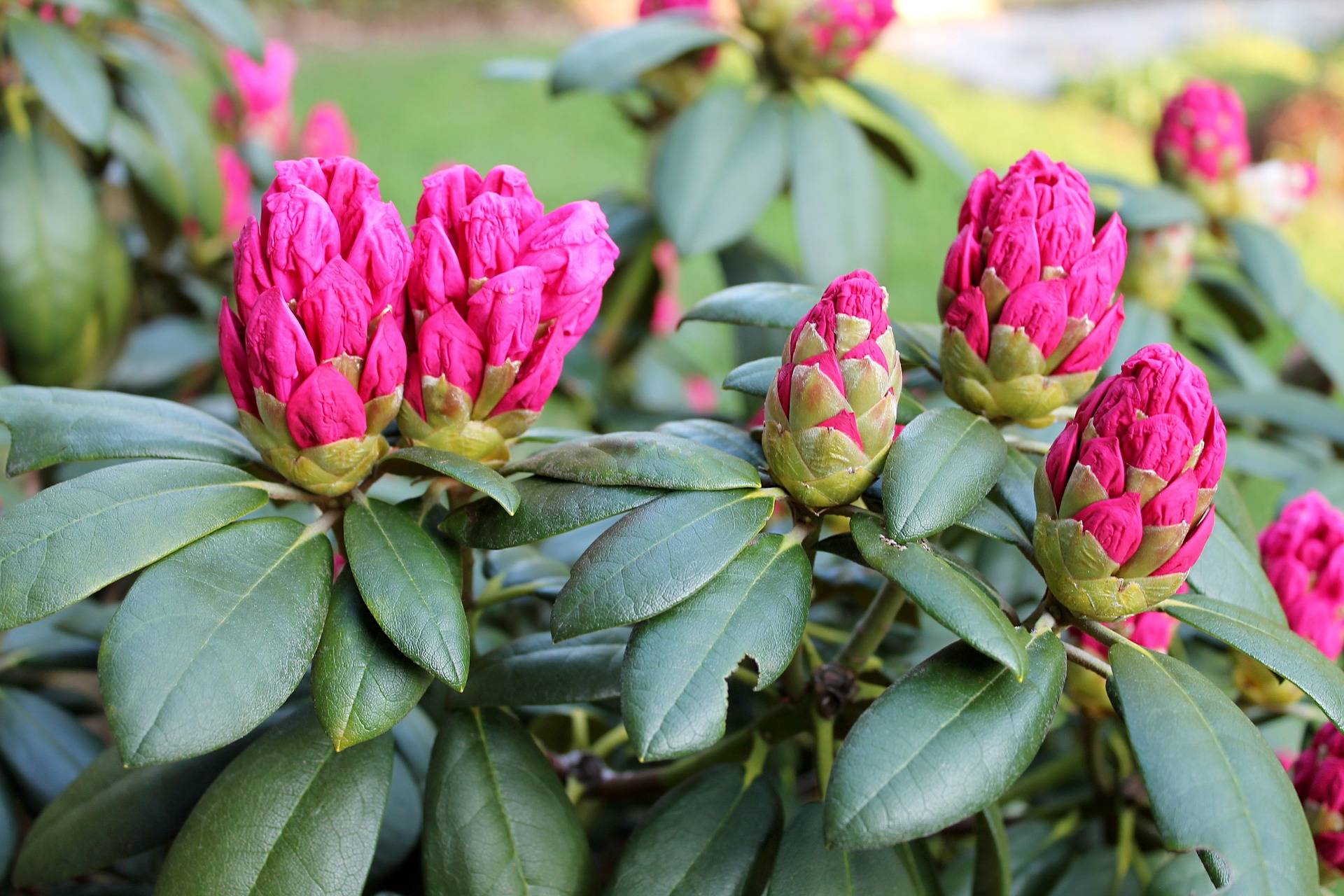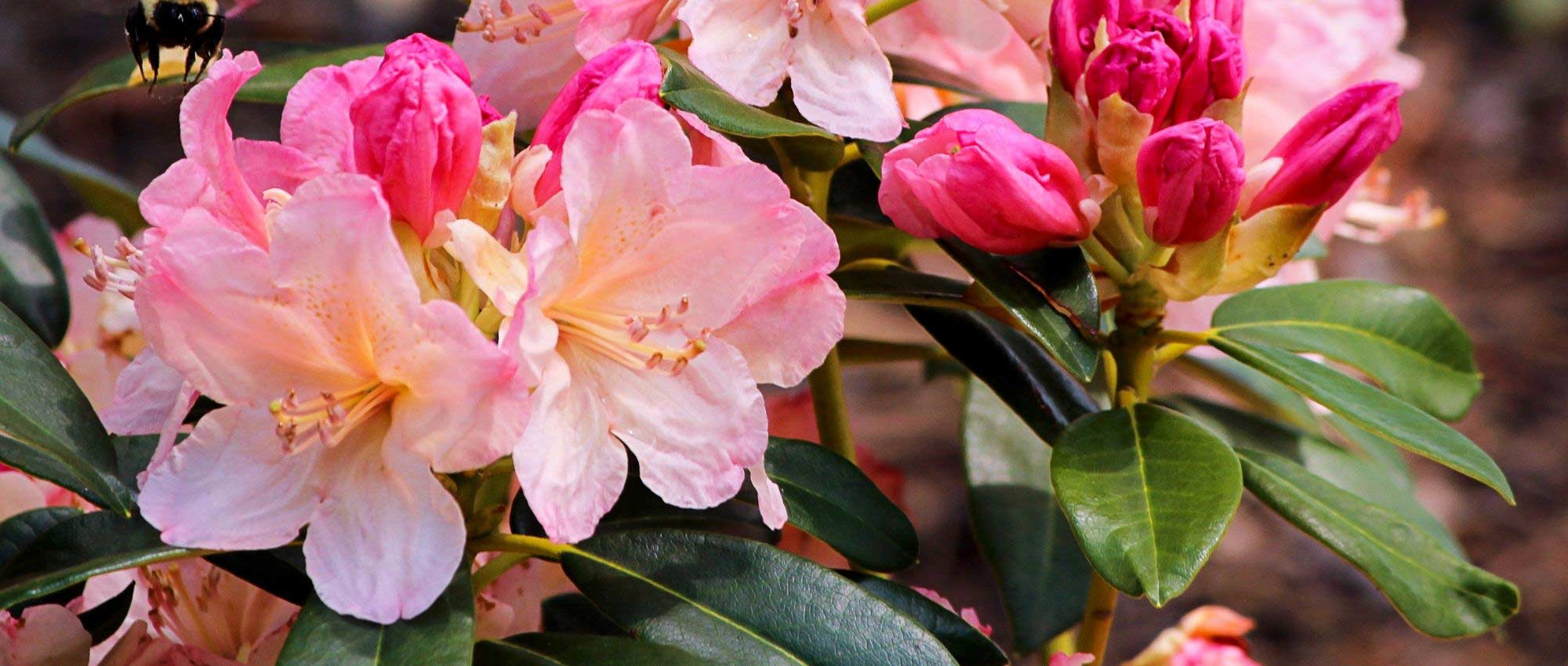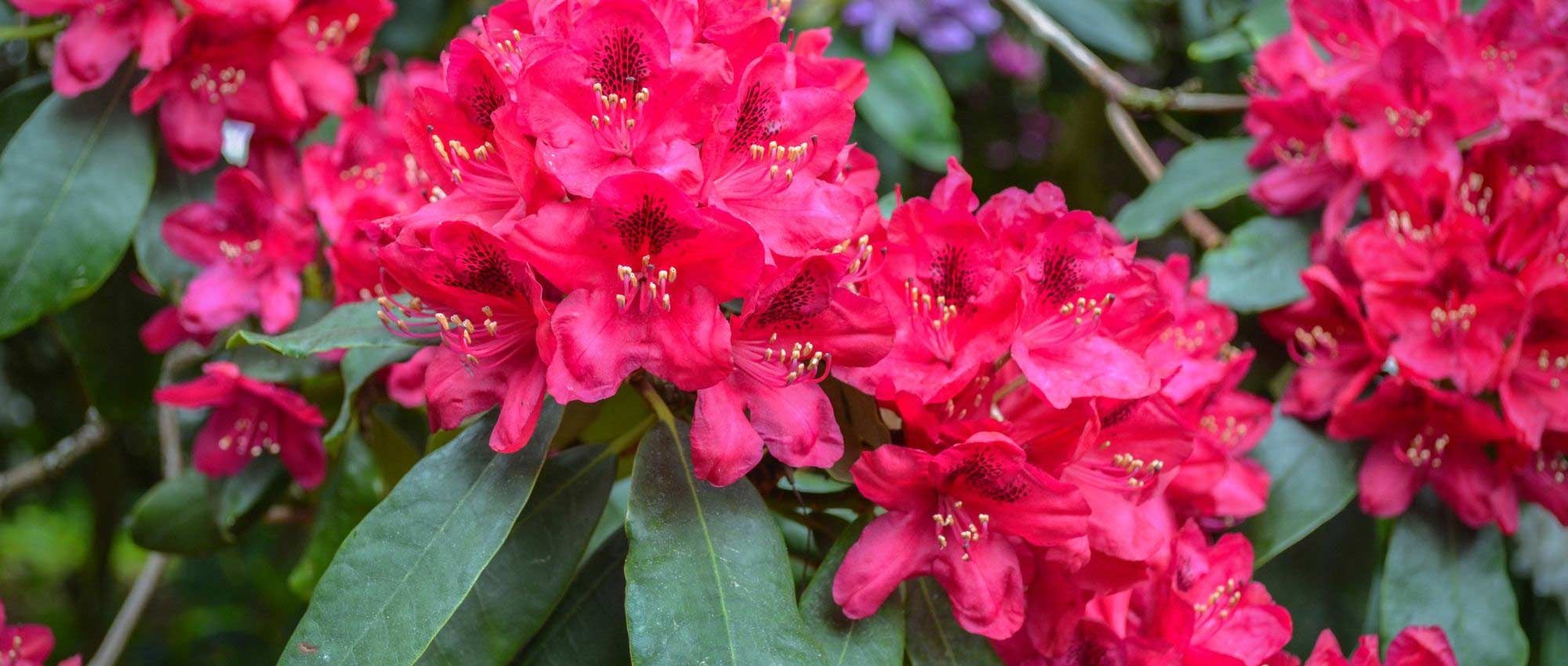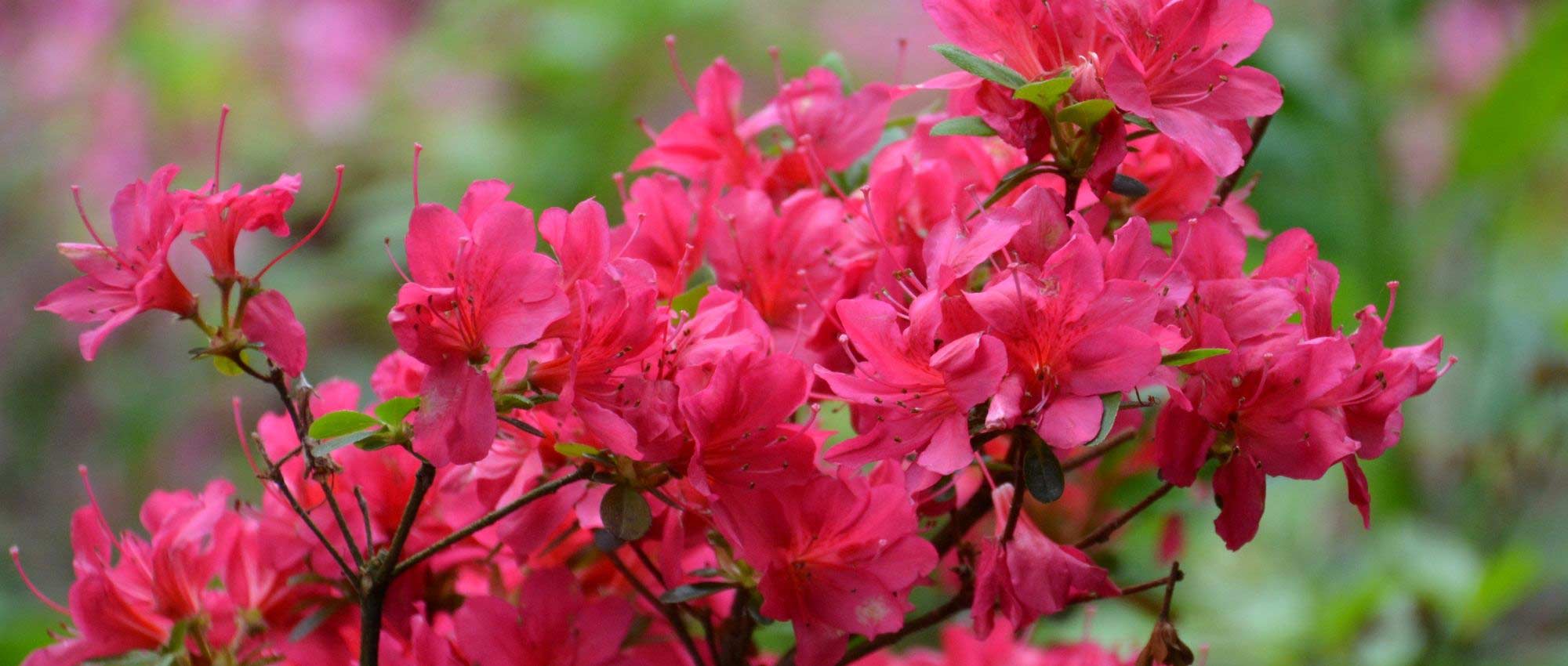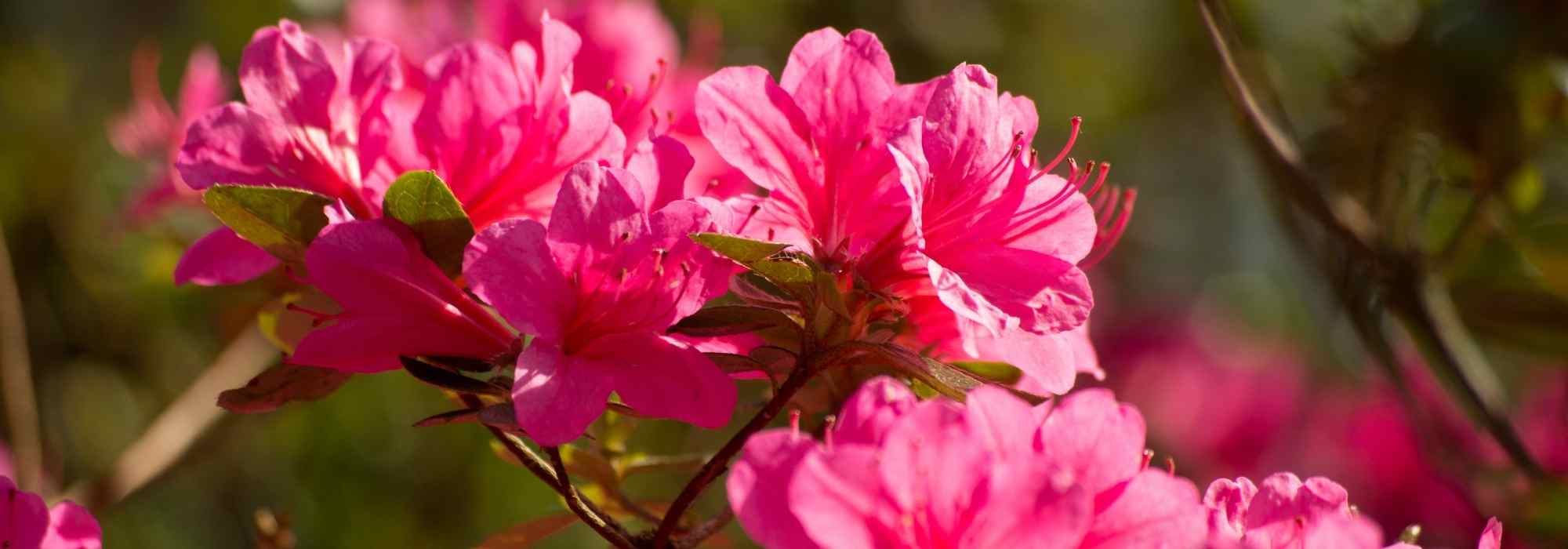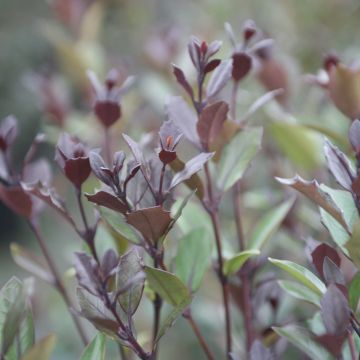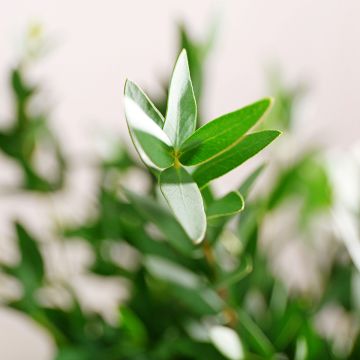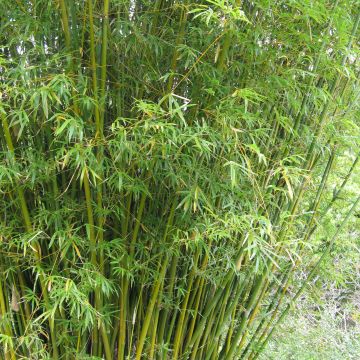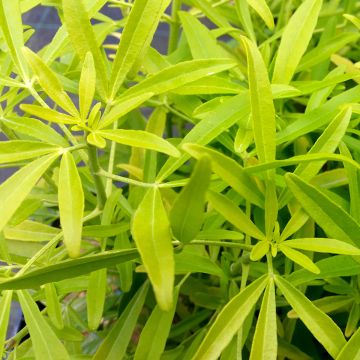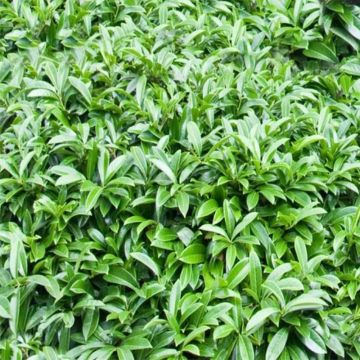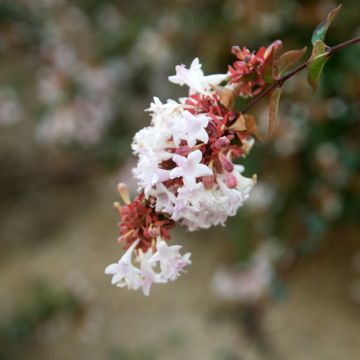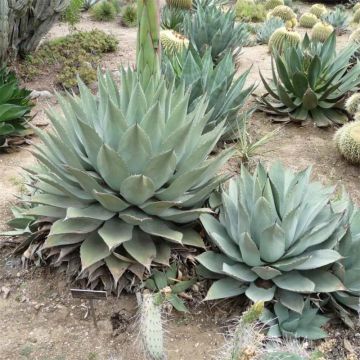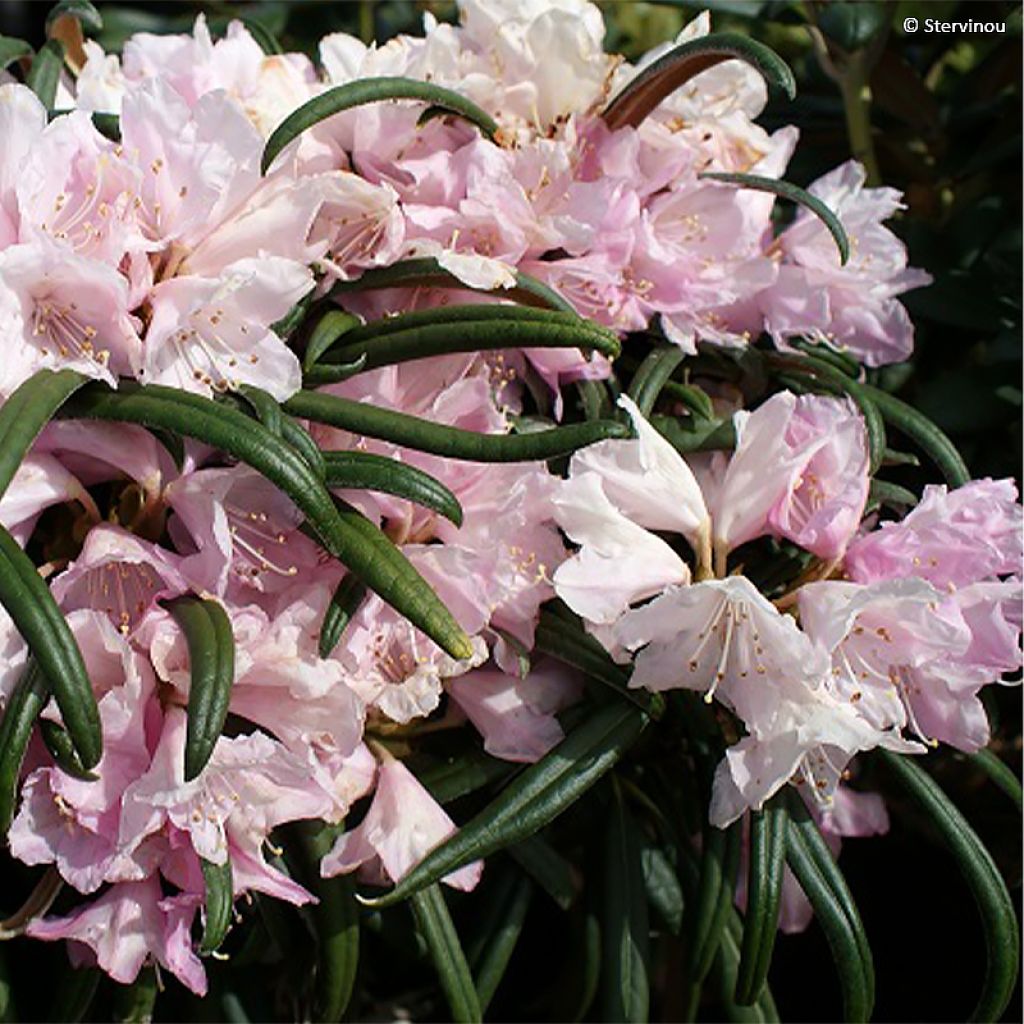

Rhododendron makinoï - Rhododendron nain
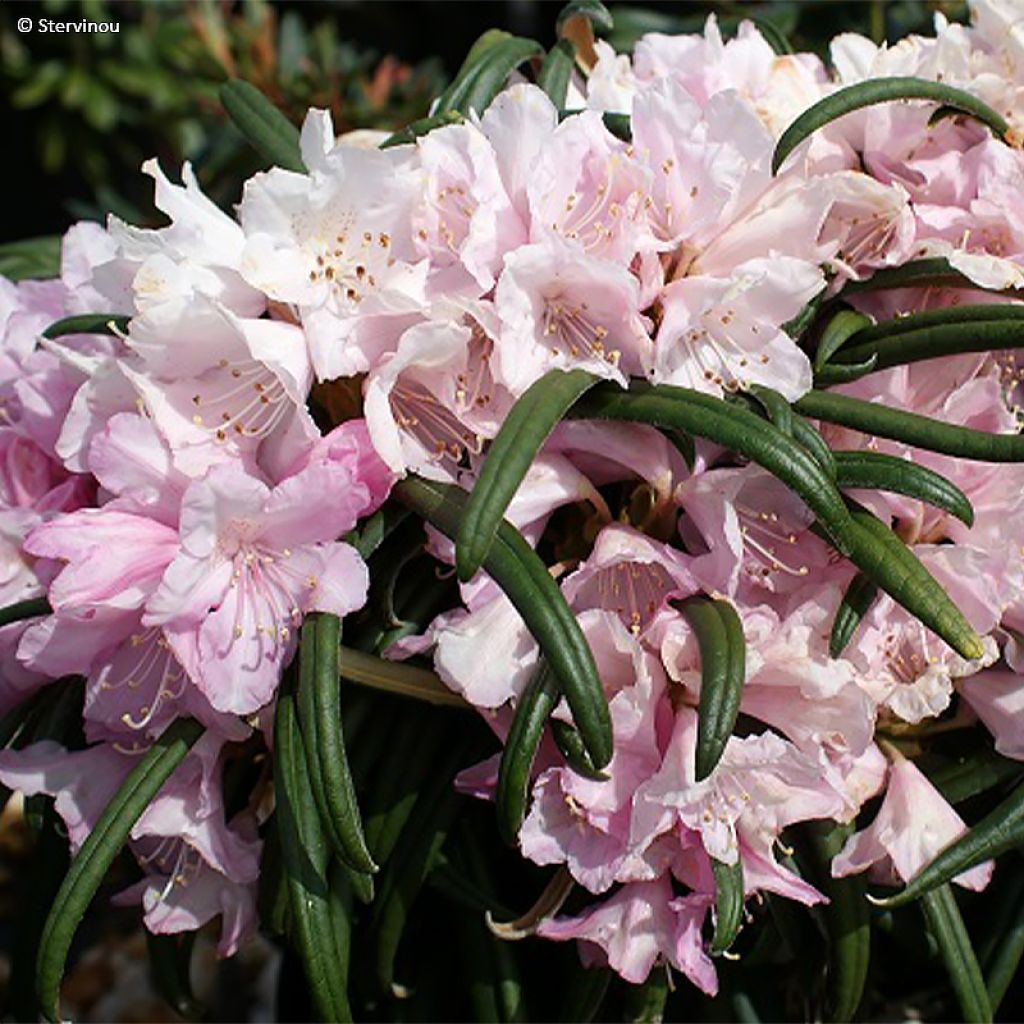

Rhododendron makinoï - Rhododendron nain
Rhododendron makinoi
Rhododendron makinoi
Makino Rhododendron
Special offer!
Receive a €20 voucher for any order over €90 (excluding delivery costs, credit notes, and plastic-free options)!
1- Add your favorite plants to your cart.
2- Once you have reached €90, confirm your order (you can even choose the delivery date!).
3- As soon as your order is shipped, you will receive an email containing your voucher code, valid for 3 months (90 days).
Your voucher is unique and can only be used once, for any order with a minimum value of €20, excluding delivery costs.
Can be combined with other current offers, non-divisible and non-refundable.
Why not try an alternative variety in stock?
View all →This plant carries a 24 months recovery warranty
More information
We guarantee the quality of our plants for a full growing cycle, and will replace at our expense any plant that fails to recover under normal climatic and planting conditions.
Does this plant fit my garden?
Set up your Plantfit profile →
Description
Rhododendron makinoi, formerly known as Azalea makinoi, Rhododendron stenophyllum Makino or even Rhododendron yakushimanum subsp. makinoi, is a rare Japanese botanical species in cultivation. It is a small evergreen bush with long dark green leaves covered with a grey-brown felt on the underside. Its spring flowering consists of delicate trumpet-shaped flowers in pale pink-white clusters. The plant is very hardy, but it should be planted in a location protected from intense sunlight and wind, both in the garden and in pots. Like other rhododendrons, it thrives in a humid climate and humus-rich acidic soil.
Rhododendrons are plants of the Ericaceae family, just like heathers, preferring predominantly limestone-free soils, with an acidic tendency and humid climates. Rhododendron makinoi grows in the mountains of Honshu island, up to 2000 m (6500ft) altitude. This plant was awarded the Garden Merit Award (A.G.M) in England in 1993. Slow-growing, this small bush generally reaches 80cm (32in) in height and 70cm (28in) in width at the age of 10 years. Its young shoots are downy and hairy, with persistent bud scales on the branches. The leaves, evergreen and leathery, measure from 7 to 18cm (3 to 7in) in length and 1 to 2.5cm (1in) in diameter. They are narrowly lanceolate, slightly curled at the edges. Their upper surface is smooth, glossy, and dark green in colour, while the lower surface is covered with a thick white to tawny felt composed of tiny hairs. Flowering takes place in May-June, more or less early or late depending on the climate. Grouped in tight corymbs of 5 to 10 units, the pink flower buds open into funnel-shaped pale pink-tinged white flowers. The inside of the flower is speckled with red.
Like all yakushimanum-type rhododendrons, Rhododendron makinoi is hardy to -15°C, even -20°C. It is a rare plant that will delight collectors of ericaceous shrubs. In favourable climates and soil conditions like in Edinburgh, when planted in groups, it creates magnificent masses subtly illuminated by the pale undersides of the leaves. Place it in a slightly shaded area of the garden, along with large ferns, blue or variegated hostas, Pieris, Azaleas, Japanese Maples, or other rhododendrons to create superb patchworks of textures and colours in spring. Cultivating it in containers requires regular watering with non-limestone water and specific fertilizers for ericaceous plants.
Plant habit
Flowering
Foliage
Botanical data
Rhododendron
makinoi
Ericaceae
Makino Rhododendron
Cultivar or hybrid
Other Small Rhododendron
View all →Planting and care
Plant Rhododendron makinoi in a partially shaded position, protected from cold and drying winds, in a humus-rich and light soil, with a tendency towards acidity (pH between 4.5 and 6). The soil should never dry out, but should not be waterlogged either. This variety dislikes heatwaves and dry atmospheres, it is a plant for a humid and cool climate. Like all plants of the heath family, it does not tolerate limestone soils, nor drought, heatwaves, or heavy soils saturated with water in winter. If the soil remains moist in summer, this rhododendron can also tolerate exposure to non-burning sunlight.
Dig a hole three times larger than the pot. Soak the root ball in non-limestone water and plant the bush at the level of the collar, in a mixture composed of leaf compost, gravel or pumice, and loamy soil. Water thoroughly and keep the soil moist in summer. Azaleas and rhododendrons have a shallow root system. As a result, they dislike long periods of drought. That is why soil enriched with humus and abundant watering during dry periods are recommended. Moreover, this root system is not very strong, which is why it is essential to lighten heavy soils with draining materials (gravel, pumice, clay balls) at planting. Apply a mulch of crushed pine bark at the base of the bush every spring to keep the soil moist while maintaining an acidic pH.
Maintenance consists of removing faded flowers in summer and pruning any dead branches. Azaleas and rhododendrons can sometimes be attacked by weevils that eat the edges of leaves and rootlets, as well as the famous "rhododendron beetle" which does not often cause severe damage. Effective biological solutions exist today against weevils. Yellowing of leaves (chlorosis) in Rhododendron indicates poor iron assimilation from the soil and causes premature plant death. While limestone (from the soil or irrigation water) is usually the cause, poorly drained soil or deeply planted root balls can also explain the phenomenon.
Planting period
Intended location
Care
Planting & care advice
This item has not been reviewed yet - be the first to leave a review about it.
Similar products
Haven't found what you were looking for?
Hardiness is the lowest winter temperature a plant can endure without suffering serious damage or even dying. However, hardiness is affected by location (a sheltered area, such as a patio), protection (winter cover) and soil type (hardiness is improved by well-drained soil).

Photo Sharing Terms & Conditions
In order to encourage gardeners to interact and share their experiences, Promesse de fleurs offers various media enabling content to be uploaded onto its Site - in particular via the ‘Photo sharing’ module.
The User agrees to refrain from:
- Posting any content that is illegal, prejudicial, insulting, racist, inciteful to hatred, revisionist, contrary to public decency, that infringes on privacy or on the privacy rights of third parties, in particular the publicity rights of persons and goods, intellectual property rights, or the right to privacy.
- Submitting content on behalf of a third party;
- Impersonate the identity of a third party and/or publish any personal information about a third party;
In general, the User undertakes to refrain from any unethical behaviour.
All Content (in particular text, comments, files, images, photos, videos, creative works, etc.), which may be subject to property or intellectual property rights, image or other private rights, shall remain the property of the User, subject to the limited rights granted by the terms of the licence granted by Promesse de fleurs as stated below. Users are at liberty to publish or not to publish such Content on the Site, notably via the ‘Photo Sharing’ facility, and accept that this Content shall be made public and freely accessible, notably on the Internet.
Users further acknowledge, undertake to have ,and guarantee that they hold all necessary rights and permissions to publish such material on the Site, in particular with regard to the legislation in force pertaining to any privacy, property, intellectual property, image, or contractual rights, or rights of any other nature. By publishing such Content on the Site, Users acknowledge accepting full liability as publishers of the Content within the meaning of the law, and grant Promesse de fleurs, free of charge, an inclusive, worldwide licence for the said Content for the entire duration of its publication, including all reproduction, representation, up/downloading, displaying, performing, transmission, and storage rights.
Users also grant permission for their name to be linked to the Content and accept that this link may not always be made available.
By engaging in posting material, Users consent to their Content becoming automatically accessible on the Internet, in particular on other sites and/or blogs and/or web pages of the Promesse de fleurs site, including in particular social pages and the Promesse de fleurs catalogue.
Users may secure the removal of entrusted content free of charge by issuing a simple request via our contact form.
The flowering period indicated on our website applies to countries and regions located in USDA zone 8 (France, the United Kingdom, Ireland, the Netherlands, etc.)
It will vary according to where you live:
- In zones 9 to 10 (Italy, Spain, Greece, etc.), flowering will occur about 2 to 4 weeks earlier.
- In zones 6 to 7 (Germany, Poland, Slovenia, and lower mountainous regions), flowering will be delayed by 2 to 3 weeks.
- In zone 5 (Central Europe, Scandinavia), blooming will be delayed by 3 to 5 weeks.
In temperate climates, pruning of spring-flowering shrubs (forsythia, spireas, etc.) should be done just after flowering.
Pruning of summer-flowering shrubs (Indian Lilac, Perovskia, etc.) can be done in winter or spring.
In cold regions as well as with frost-sensitive plants, avoid pruning too early when severe frosts may still occur.
The planting period indicated on our website applies to countries and regions located in USDA zone 8 (France, United Kingdom, Ireland, Netherlands).
It will vary according to where you live:
- In Mediterranean zones (Marseille, Madrid, Milan, etc.), autumn and winter are the best planting periods.
- In continental zones (Strasbourg, Munich, Vienna, etc.), delay planting by 2 to 3 weeks in spring and bring it forward by 2 to 4 weeks in autumn.
- In mountainous regions (the Alps, Pyrenees, Carpathians, etc.), it is best to plant in late spring (May-June) or late summer (August-September).
The harvesting period indicated on our website applies to countries and regions in USDA zone 8 (France, England, Ireland, the Netherlands).
In colder areas (Scandinavia, Poland, Austria...) fruit and vegetable harvests are likely to be delayed by 3-4 weeks.
In warmer areas (Italy, Spain, Greece, etc.), harvesting will probably take place earlier, depending on weather conditions.
The sowing periods indicated on our website apply to countries and regions within USDA Zone 8 (France, UK, Ireland, Netherlands).
In colder areas (Scandinavia, Poland, Austria...), delay any outdoor sowing by 3-4 weeks, or sow under glass.
In warmer climes (Italy, Spain, Greece, etc.), bring outdoor sowing forward by a few weeks.






























